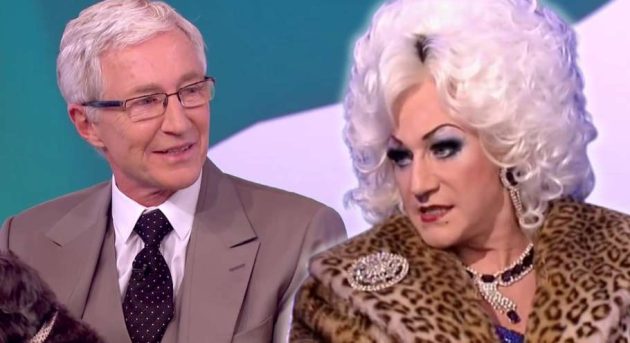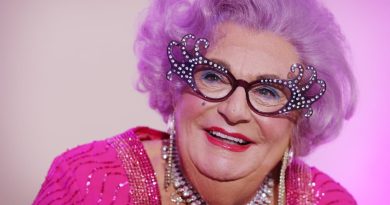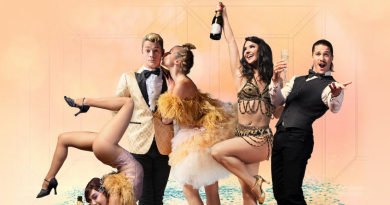Drag: The Ultimate Celebration of Freedom and Self-expression
Drag has long been a cornerstone of the performing arts, a creative outlet that allows individuals to express themselves in a unique and often glamorous manner. From the early days of Shakespearean theatre to the dazzling spectacles we witness today, drag has evolved
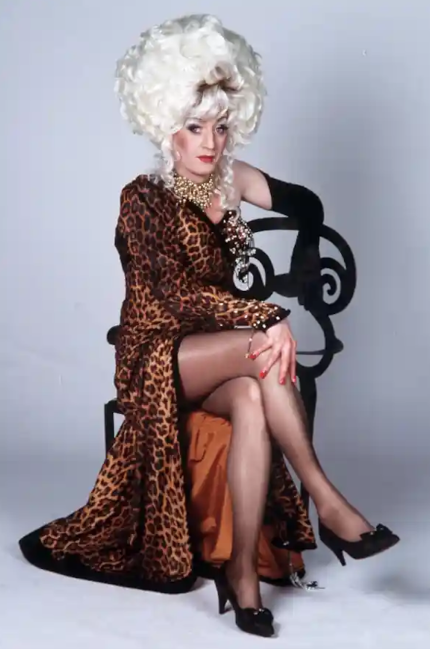
Photo by: Nikki English/Rex Features
and flourished, becoming an integral part of popular culture. With the recent passing of beloved drag icons Paul O’Grady (Lilly Savage) and Barry Humphries (Dame Edna Everage), it is a fitting time to reflect on the importance and impact of drag as a performance art.
In its earliest form, drag can be traced back to Shakespearean times, when women were forbidden from performing on stage. As a result, men would ‘drag’ up and play the female roles. Over time, the practice became more than a mere necessity; it transformed into an art form that attracted talented performers and delighted audiences.
Throughout the 20th century, drag continued to evolve, with performers like Julian Eltinge and Danny La Rue capturing the hearts of theatre-goers. In more recent times, artists such as RuPaul and Divine have used the platform to challenge societal norms, champion LGBTQ+ rights, and promote self-expression.
Remembering Lilly Savage and Dame Edna Everage
The drag community has recently suffered the tragic loss of two legends: Paul O’Grady, best known as the sharp-tongued Lilly Savage, and Barry Humphries, who brought the fabulous Dame Edna Everage to life. Both O’Grady and Humphries were trailblazers in their own right, using their art to entertain, educate, and inspire countless individuals.
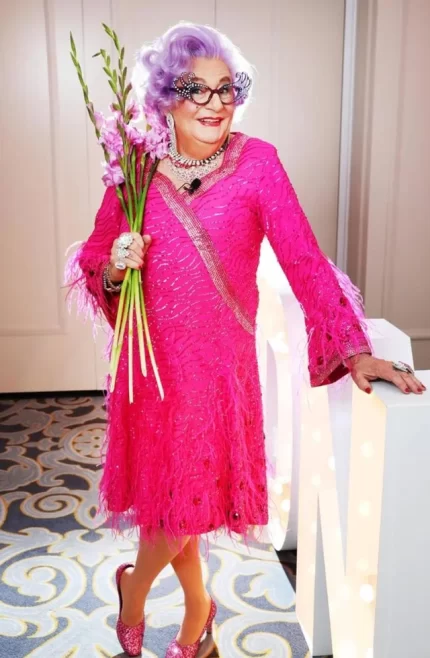
Lilly Savage’s acerbic wit and inimitable style broke down barriers, making drag accessible to a wider audience. Likewise, Dame Edna Everage’s satirical take on celebrity culture and societal conventions solidified her status as a true icon. Their influence and impact on the world of drag and the performing arts will be sorely missed.
Despite its rich history and contribution to the arts, drag has faced its share of criticism and controversy. Recently, there has been a backlash against drag queens performing for children, with detractors arguing that the art form is inappropriate for young audiences.
However, drag is not solely about subverting gender norms or pushing boundaries; at its core, it is a celebration of self-expression, creativity, and diversity. By exposing children to the world of drag, we help foster a generation that is more accepting, open-minded, and appreciative of the rich tapestry of human experience.
As we remember the remarkable lives and legacies of Lilly Savage and Dame Edna Everage, let us also celebrate the importance of drag as a performance art. It is through this vibrant art form that we can encourage self-expression, foster creativity, and challenge societal norms.
The future of drag is bright, with a new generation of performers ready to take the stage, inspire audiences, and carry on the legacy of those who came before them. As the world continues to evolve and embrace diverse forms of art and expression, drag will undoubtedly continue to thrive, captivating and entertaining generations to come.

